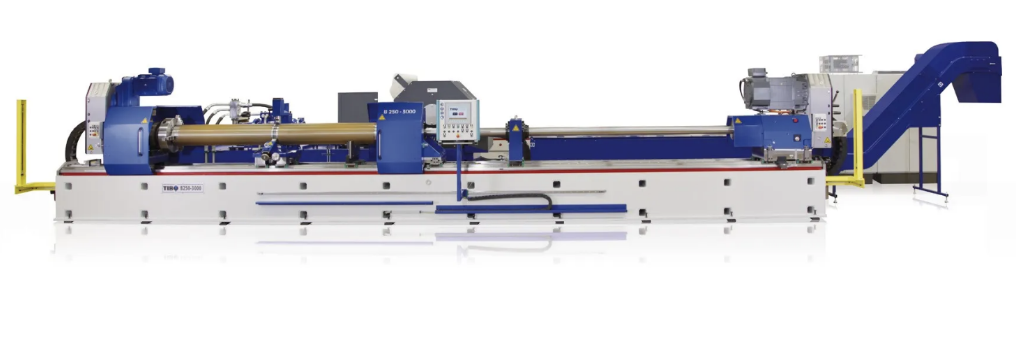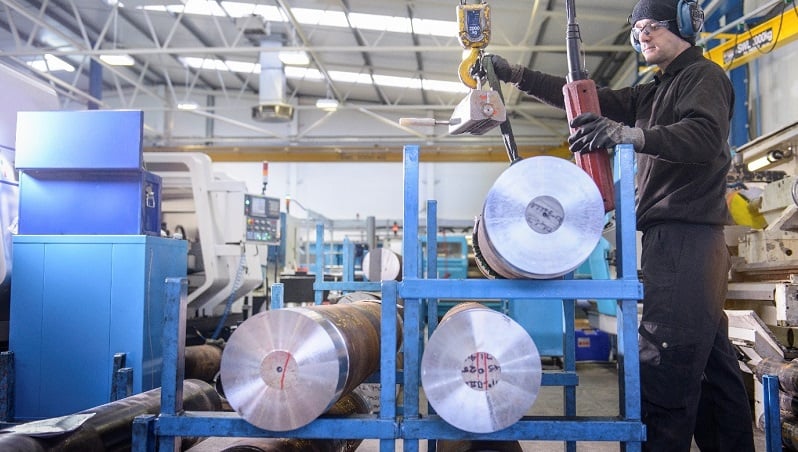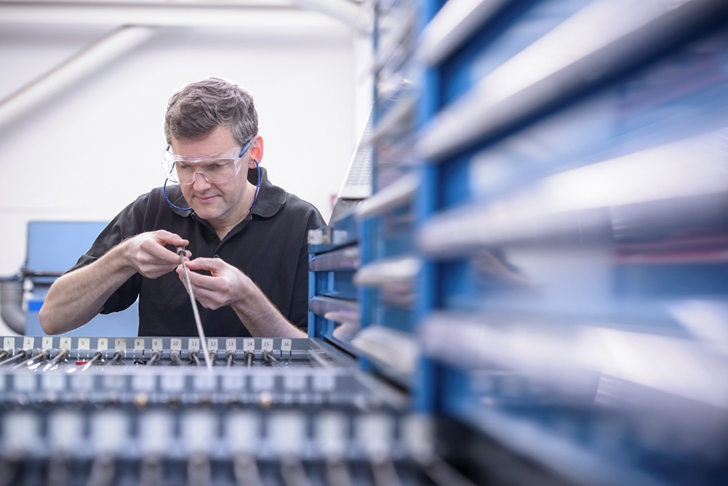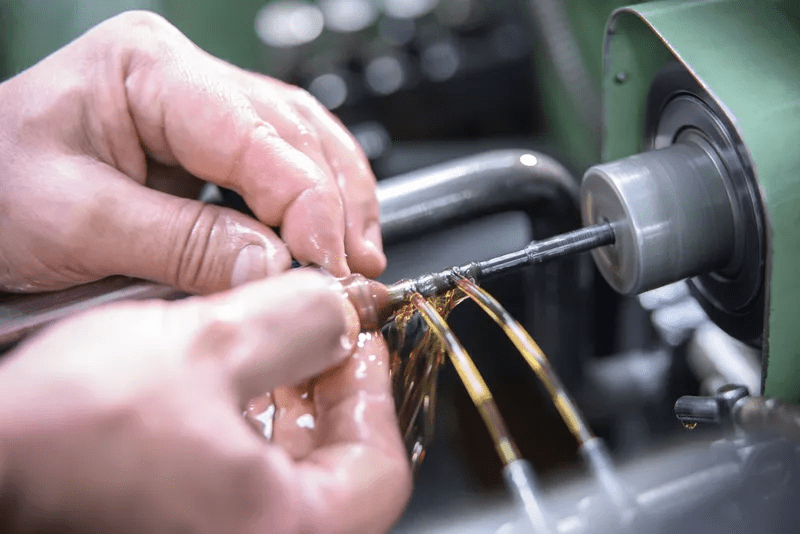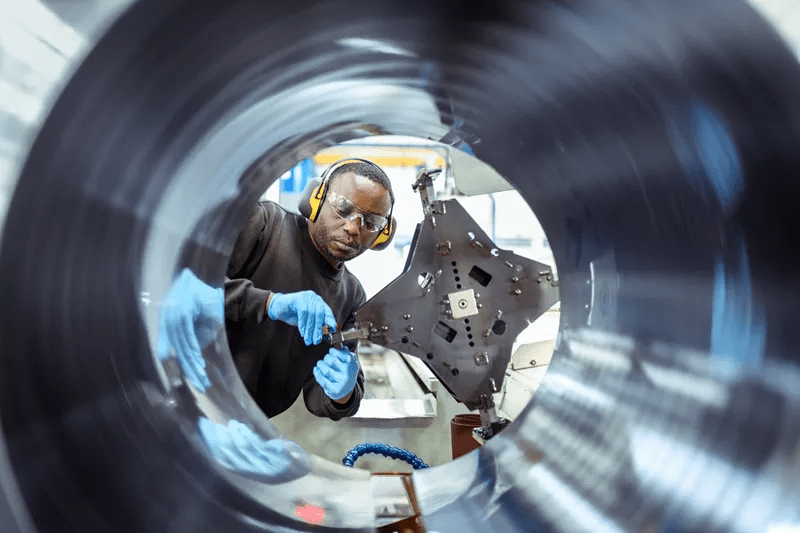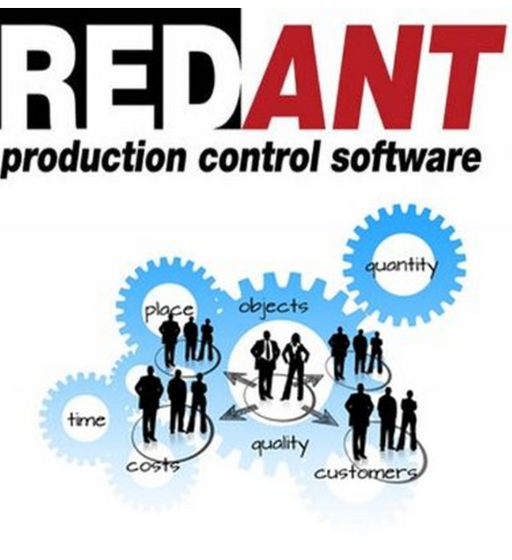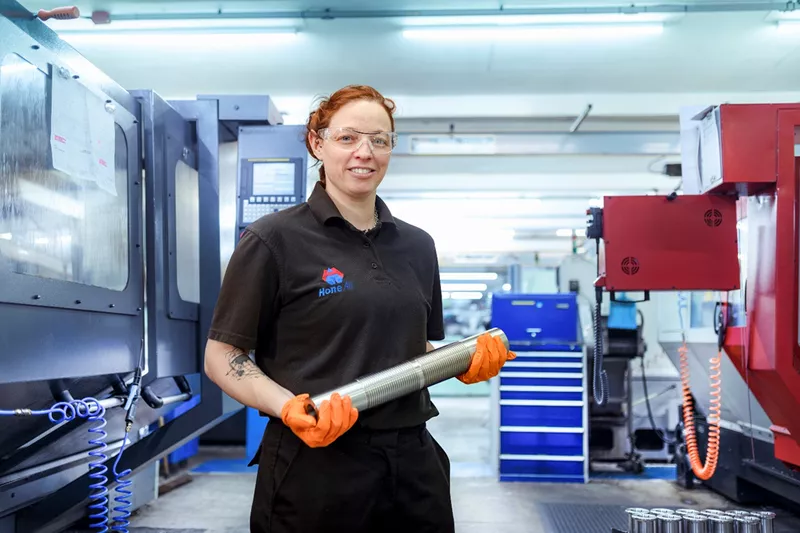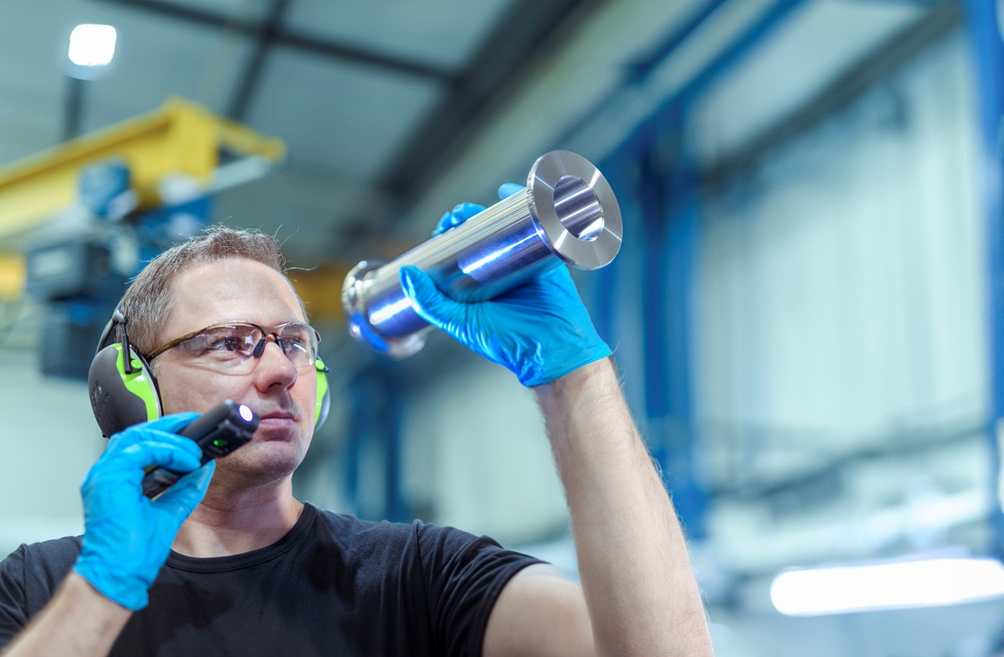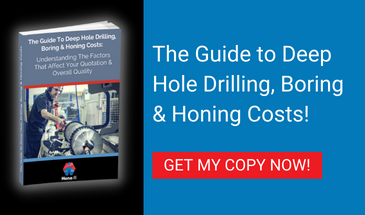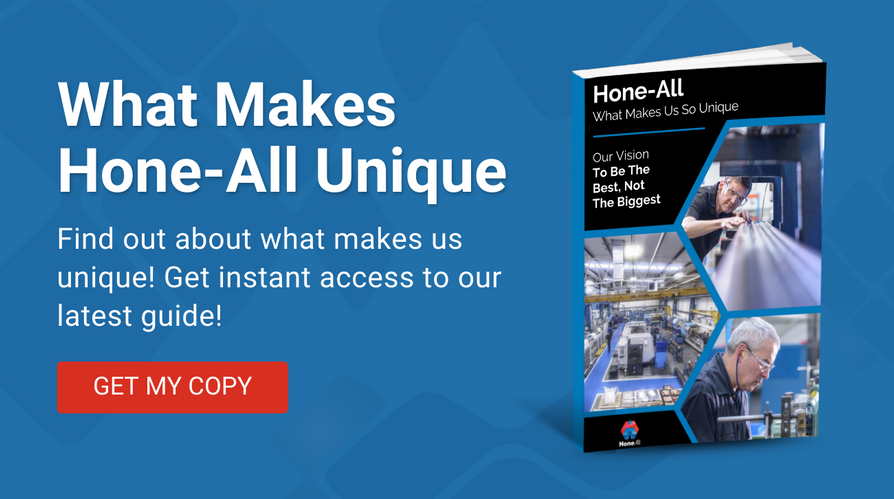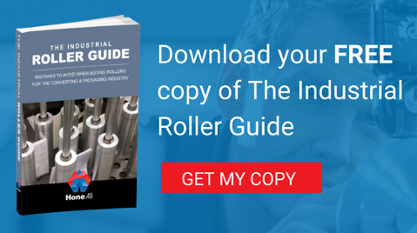Deep hole boring is a machining process in which holes are drilled with a depth to diameter ratio in excess of 100:1. The process is used to create bores in a range of materials, from aermet to aluminium to superalloys, and has applications in a variety of industries, including:
What You Need To Provide For A Deep Hole Boring Quote
Topics: Deep Hole Boring
Specialist Honing Services – A Major Contributor To The Manufacturing Sector
Manufacturing enterprises within the UK's engineering sector continue to be significant contributors to the economy. In 2023, the manufacturing industry's Gross Value Added (GVA) was approximately £199.8 billion.
Topics: Deep Hole Drilling, Deep Hole Boring, CNC Turning
CNC honing is an excellent way to achieve tighter tolerances and better surface finishes on a wide range of precision machined components with a round bore. Here's a simple guide to this sophisticated process.
Topics: CNC Honing
At Hone All, we combine the latest cutting-edge deep hole drilling technology with superior technical knowledge to provide precise machining solutions. Our gundrilling services offer an accurate, cost-effective solution for businesses, matched by rapid response times.
Topics: Deep Hole Boring, Gundrilling, Precision Machining
Understanding Honing: Solving Common Machining Problems With Precision
Honing is an advanced machining process that fine-tunes a variety of components to achieve exceptional precision. It is widely used to improve surface finishes, correct geometric errors, enhance dimensional accuracy, and reduce friction and wear in a range of industries, including aerospace, automotive, and medical device manufacturing.
Topics: CNC Honing, Aerospace Industry, Hydraulic Systems
What Are The Applications Of The Honing Process?
The honing process is an important finishing technique in manufacturing that helps to achieve precise dimensions, superior surface quality, and enhanced performance and durability. At Hone-All, our honing service helps our customers by producing high-quality components that meet exacting standards, particularly for use in high-stress environments such as aerospace, hydraulics, and medical device manufacture.
Topics: CNC Honing, #ukmanufacturing
What Information Should I Provide When Ordering Precision Machining Services?
When you contract your precision machining project to a specialist, you’ll want the process to run as smoothly as possible. To eliminate the risk of problems and to maximise the likelihood that your deadline will be met, you should provide the precision engineer with some important information at the earliest opportunity. This will enable both parties to share a common vision for the project, with any potential issues identified and resolved before fabrication begins.
In this guide, we’ll outline the information you should provide to your CNC machining specialist and explain what to do if you don’t have it to hand.
Topics: Precision Rollers, Precision Machining, Precision Engineering, Precision drilling, print press rollers
The Ultimate Production Control System For Effective Management
In manufacturing, a robust production control system is essential to maintain efficiency and quality, and to meet customer demands. Lead times are often tight, so manufacturers must be able to produce highly precise parts quickly and reliably, without compromising on product quality.
Topics: CNC Honing, UK Manufacturing
Hone-All’s Commitment To The Defence Industry: Precision, Expertise, And Innovation
It goes without saying that, in the defence industry, the highest levels of precision, reliability, and durability are essential in every component. Equipment underperformance or failure can be critical in potentially life-threating situations, so the industry needs assurance that components are manufactured to meet exacting standards and operate in challenging environments.
Topics: News, UK Manufacturing
Engineering In The Automotive Industry: The Role Of Honing
Honing is a crucial process in the automotive industry, ensuring that critical components perform efficiently and last longer. Often, this precision machining technique is used to improve the surface finish and geometric accuracy of various automotive parts, particularly those involved in the engine and transmission systems.
Topics: CNC Honing, UK Manufacturing

